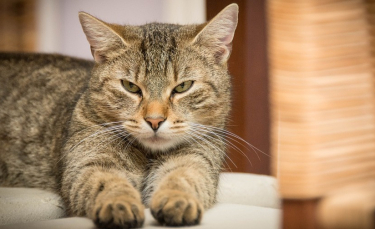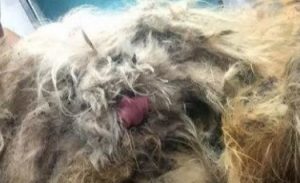
The cat’s domestication process was almost born on its own initiative, according to a study published in 2017. In fact, the feline would have followed the small mammals that coveted the food produced by humans, thus gradually entering into contact with the latter.
The domestication of the cat would have started 8000 years ago and would not have been driven directly by humans. This is the result of a study published 2 years ago in the journal Nature Ecology & Evolution , as reported by the National Geographic site .
Work which consisted in particular in analyzing the DNA of 200 cats having lived at different times, over a time interval spanning 9000 years: animal remains from ancient Egypt, others from Eastern Europe or even more recent African wild cats. During these 9 millennia, the genes of cats have undergone only a minor evolution compared to their wild congeners.
According to the researchers who took part in this study, the cat was domesticated 80 centuries ago in the Fertile Crescent, in the Near East, by hunting rodents which were attracted to the foodstuffs cultivated and produced by humans.
It would therefore be by following the mice and rats that he would have approached Man. The latter would then have understood that this animal could be useful to him by protecting his crops, thus starting, much later, to tame it and make it a companion.
In other words, the cat would have rubbed shoulders with humans for thousands of years before being subject to proper domestication.
Read also: A protective and affectionate dog loves to put her head on the belly of her pregnant owner (video)











